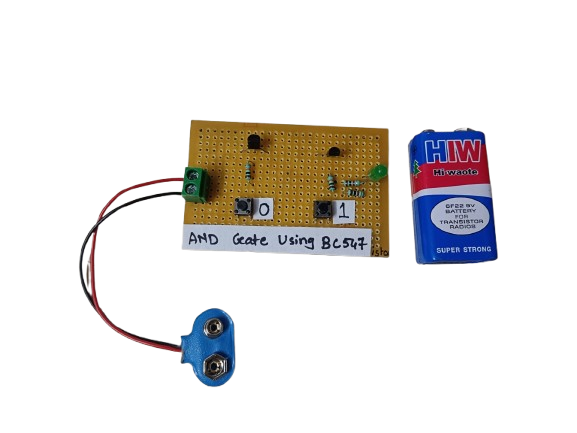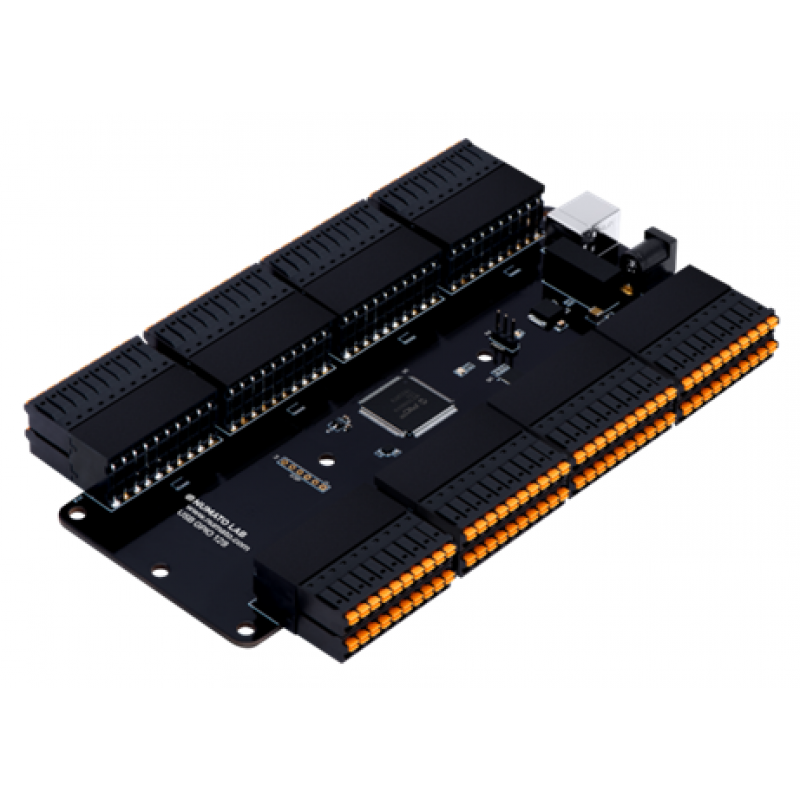Measure distance using Ultrasonic Sensor
To measure distance using an ultrasonic sensor and display the result on an LCD with an 8051 microcontroller, you’ll need to interface several components: an ultrasonic sensor (e.g., HC-SR04), an LCD (e.g., 16×2), and the 8051 microcontroller.
Description
This project utilizes an ultrasonic sensor (HC-SR04) to measure distance and displays the result on a 16×2 LCD screen, controlled by an 8051 microcontroller. The HC-SR04 sensor works by emitting sound waves and calculating the time it takes for the sound to bounce back from an object. This time is then used to calculate the distance to the object, following the formula: Distance = (Time x Speed of Sound) / 2. The 8051 microcontroller processes this data, converts it into a readable format, and sends it to the LCD for display. The LCD shows the distance in centimeters or inches, providing an easy-to-read output for the user. This project demonstrates the integration of basic components such as sensors, microcontrollers, and display systems to solve real-world problems. It provides practical experience in programming the 8051 microcontroller, interfacing sensors, and using output devices like LCDs.
Applications of this project include:
1.Robotics: For obstacle detection and navigation in autonomous robots.
2.Distance Measurement: In applications like parking sensors for vehicles or industrial automation.
3.Level Sensing: In tanks or reservoirs to measure the height of liquid levels.
4.Security Systems: For monitoring distance in surveillance systems. This system can be extended to various fields like automation, automotive, and robotics.
-
An AND gate can be built using BC547 NPN transistors, a common general-purpose transistor used in digital circuits.
The circuit represents both the inputs A & B for the AND gate and Output, Q, which also has a +5V supply to the collector of the first transistor, which is connected in series to the second transistor, and an LED is connected to the emitter terminal of the second transistor. The inputs A & B are connected to the base terminal of Transistor 1 and Transistor 2, respectively, and the output Q goes to the positive terminal LED.
₹190.00 -
A Flip-Flop LED Flasher is a simple electronic circuit that alternately turns two LEDs on and off in a continuous loop, creating a blinking or “flashing” effect. It’s commonly built using transistors, resistors, capacitors, and LEDs, forming an astable multivibrator — a basic circuit that oscillates between two states without any external triggering.
It’s often used for decoration, indicators, or learning basic electronics.
₹175.00
















